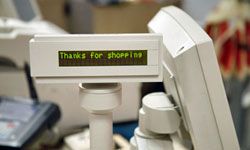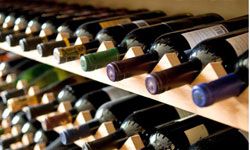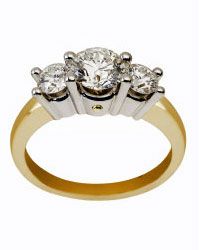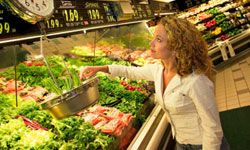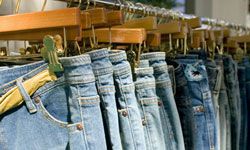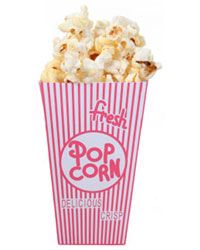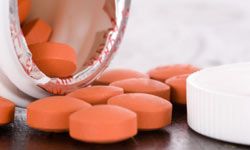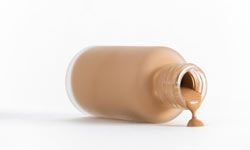We often buy brand-names because they give us confidence about a product's quality and consistency. But when it comes to medicine, about all you get with a brand name is a higher markup. Over-the-counter drugs are marked up from 200 to 3,000 percent [source: Crowe, 10 Items]. When you consider just the cost of active ingredients in the pills, the markup can amount to 600,000 percent [source: Crowe, 10 Items].
For example, antacid tablets and pain relievers are both marked up nearly 400 percent over wholesale costs. Vitamins, decongestants and acne treatments are all marked up more than 300 percent, too [source: Crowe, Biggest].
Generic medicines are also marked up, but they cost considerably less than brand names. For example, 50 Advil tablets retail at $8.49. The same amount of ibuprofen, the active ingredient, is only $5.29 in generic form. That means Advil is marked up 60 percent over the generic alternative [source: Pepitone]. And remember, the U.S. Food and Drug Administration requires generic drugs to be just as safe and effective as brand-name varieties.
Prescription drugs are also much more expensive as brand names. According to Consumer Reports, if you're taking Glucotrol for diabetes, you'll pay anywhere from $42 to $84 a month. Switch to the generic substitute, Glipizide, and you'll pay only $4 to $8. You could shell out $166 a month for the heart drug Coreg, or you could take the generic form, Carvedilol, for $44 [source: ConsumerReports.org].
Ultimately, the best way to save is to stick with generic drugs and make sure your doctor prescribes your meds in generic form whenever possible.
Next big markup: college textbooks.
